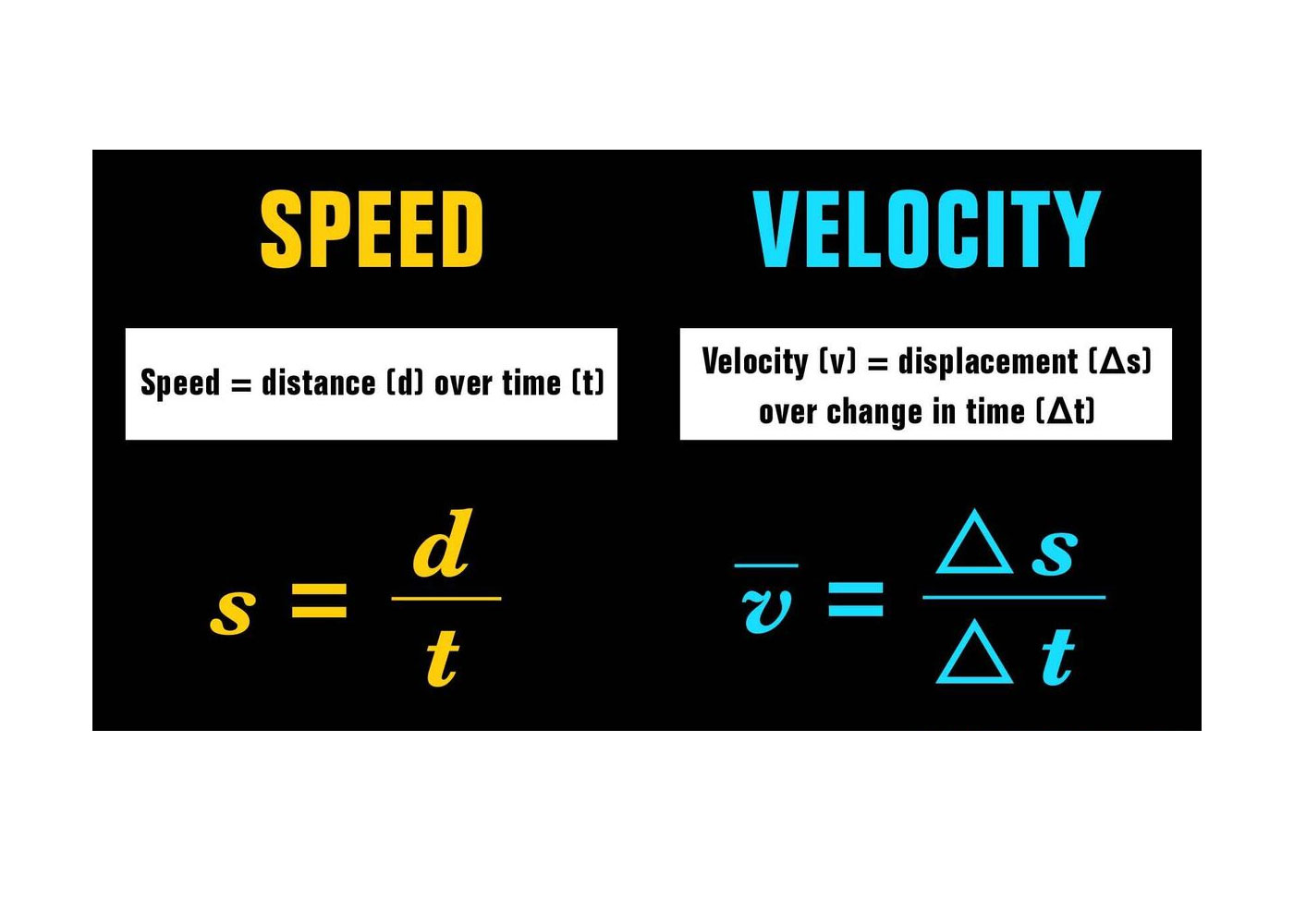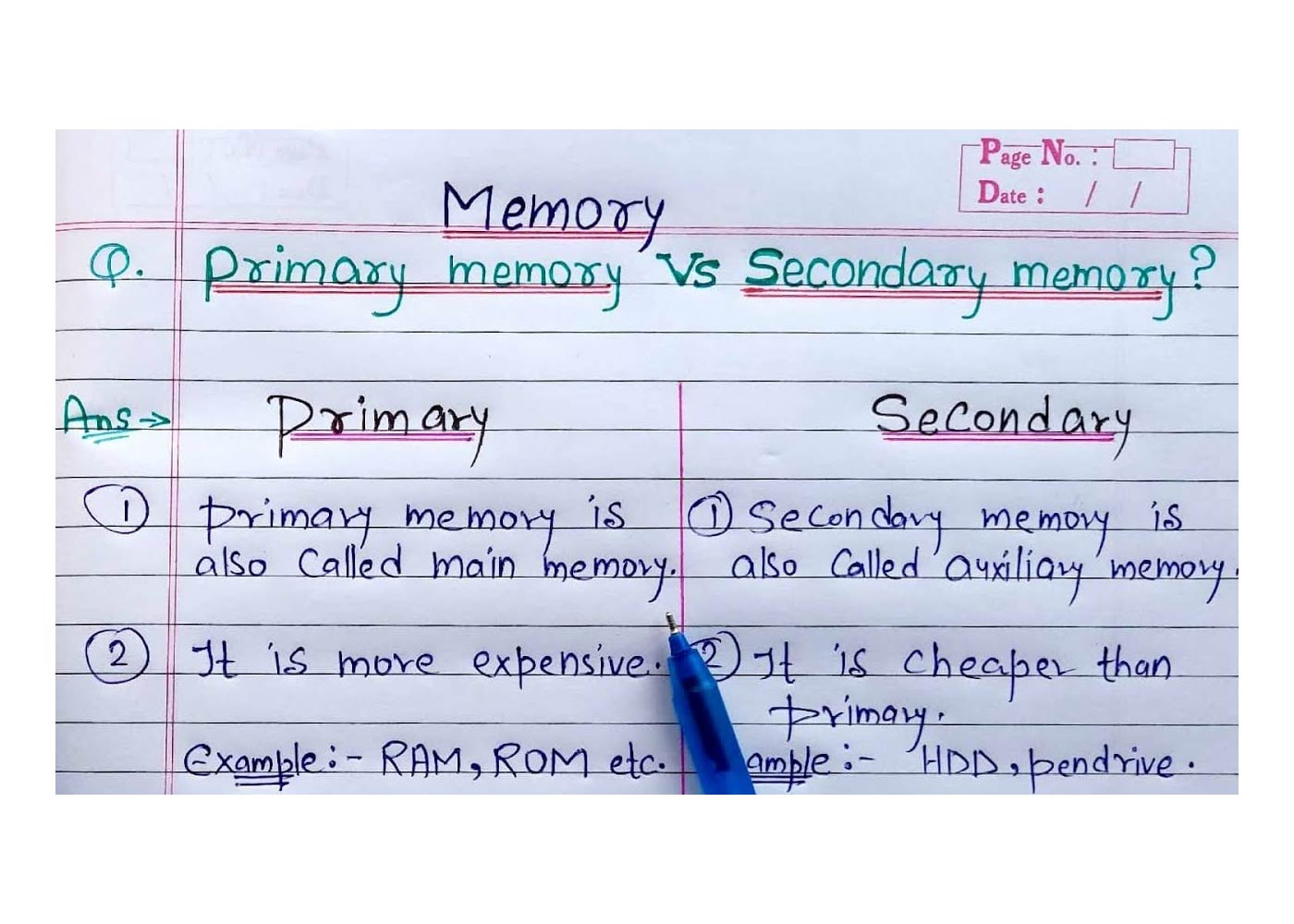Introduction:
Imagine stepping into a bustling marketplace where vendors
eagerly display their wares. Among the numerous stalls, you stumble upon two
intriguing entities: lists and tuples. They appear similar at first glance, but
are they truly cut from the same cloth? In this blog post, we embark on a
captivating journey to unravel the differences between lists and tuples.
Prepare to dive into the enchanting realm of Python and witness the unique
qualities that set these dynamic duos apart!
Section 1: Understanding Lists
1.1 The List's Adaptive Nature: Picture a treasure chest
capable of storing an assortment of items. Lists, much like this chest, are
mutable and allow you to modify their contents. They can expand or contract
effortlessly, allowing for an ever-evolving collection of elements. For example:
pythonCopy code
shopping_list = ["apples", "bananas", "oranges"] shopping_list.append("grapes") # Adds "grapes" to the list shopping_list.remove("bananas") # Removes "bananas" from the list
1.2 The Power of Indexing and Slicing: Lists possess a
remarkable feature: the ability to access individual elements using indexing
and extract subsets using slicing. Think of it as retrieving a specific fruit
from a basket or selecting a combination of fruits to create a delicious
recipe. Observe the following snippet:
pythonCopy code
fruits = ["apple", "banana", "orange", "grapefruit", "kiwi"] print(fruits[1]) # Outputs "banana" print(fruits[2:4]) # Outputs ["orange", "grapefruit"]
1.3 Diversity through Heterogeneity: Just as a vibrant
market stall brims with a variety of goods, lists can accommodate elements of
different data types. You can freely mix integers, strings, floats, and more
within a single list. Feast your eyes on this example:
pythonCopy code
mixed_list = [42, "Hello", 3.14, True]
Section 2: Demystifying Tuples
2.1 The Immutable Pillars: In
the bustling marketplace, you stumble upon an intriguing artifact encased in
glass: a tuple. Tuples are akin to unchangeable relics; once created, their
contents remain steadfast. The immutability of tuples grants them a sense of
stability and reliability. Take a look at this analogy:
pythonCopy code
dimensions = (10, 5, 8) # Width, height, and depth of an object
2.2 Unveiling Packing and Unpacking: Picture a magician's
act, where objects mysteriously disappear and reappear. Tuples possess the
mystical ability to pack and unpack values effortlessly. It allows you to
assign multiple variables at once, simplifying complex operations. Witness the
magic of tuple packing and unpacking below:
pythonCopy code
my_tuple = ("OpenAI", "GPT-3.5", "language model") company, version, feature = my_tuple # Unpacking the tuple print(company) # Outputs "OpenAI" print(version) # Outputs "GPT-3.5"
2.3 Immutable but Inclusive: Though tuples cannot be altered
after creation, they are welcoming to a cornucopia of data types. Just as a
magnificent museum displays diverse artworks, tuples can gracefully hold a
multitude of elements. Marvel at this example:
pythonCopy code
diverse_tuple = (42, "World", 3.14, False)
Section 3: FAQs - Answering Your Burning Questions
Q1: When should I use a list instead of a tuple?
A1: Opt for
a list when you require a dynamic container that can be modified. Lists are
suitable for scenarios where you anticipate adding, removing, or changing
elements frequently.
Q2: When should I choose a tuple over a list?
A2: Select a
tuple when you need to store a collection of items that should remain
unchanged. Tuples serve well in situations where data integrity and
immutability are crucial.
Q3: Can lists and tuples coexist harmoniously?
A3:
Absolutely! In fact, they often work in tandem. Imagine a delicious fruit
salad”a tuple can represent the recipe's ingredients, while a list can store
the salad's variable size as it grows or shrinks.
Conclusion:
In the vivid marketplace of Python, both lists and tuples
have their distinctive roles to play. Lists, adaptable and mutable, suit the
ever-changing needs of your data. Tuples, unyielding yet inclusive, preserve
the integrity of information. Remember, lists are like treasure chests, while
tuples are like precious relics. Embrace their unique qualities, and leverage
their power to craft elegant and efficient code.
So, dear readers, armed with this newfound knowledge, you
can now confidently choose between lists and tuples, unlocking the potential of
Python in your coding endeavors. Happy coding!
If you wish to contribute to our blog, please email us on morhadotsan@gmail.com.























